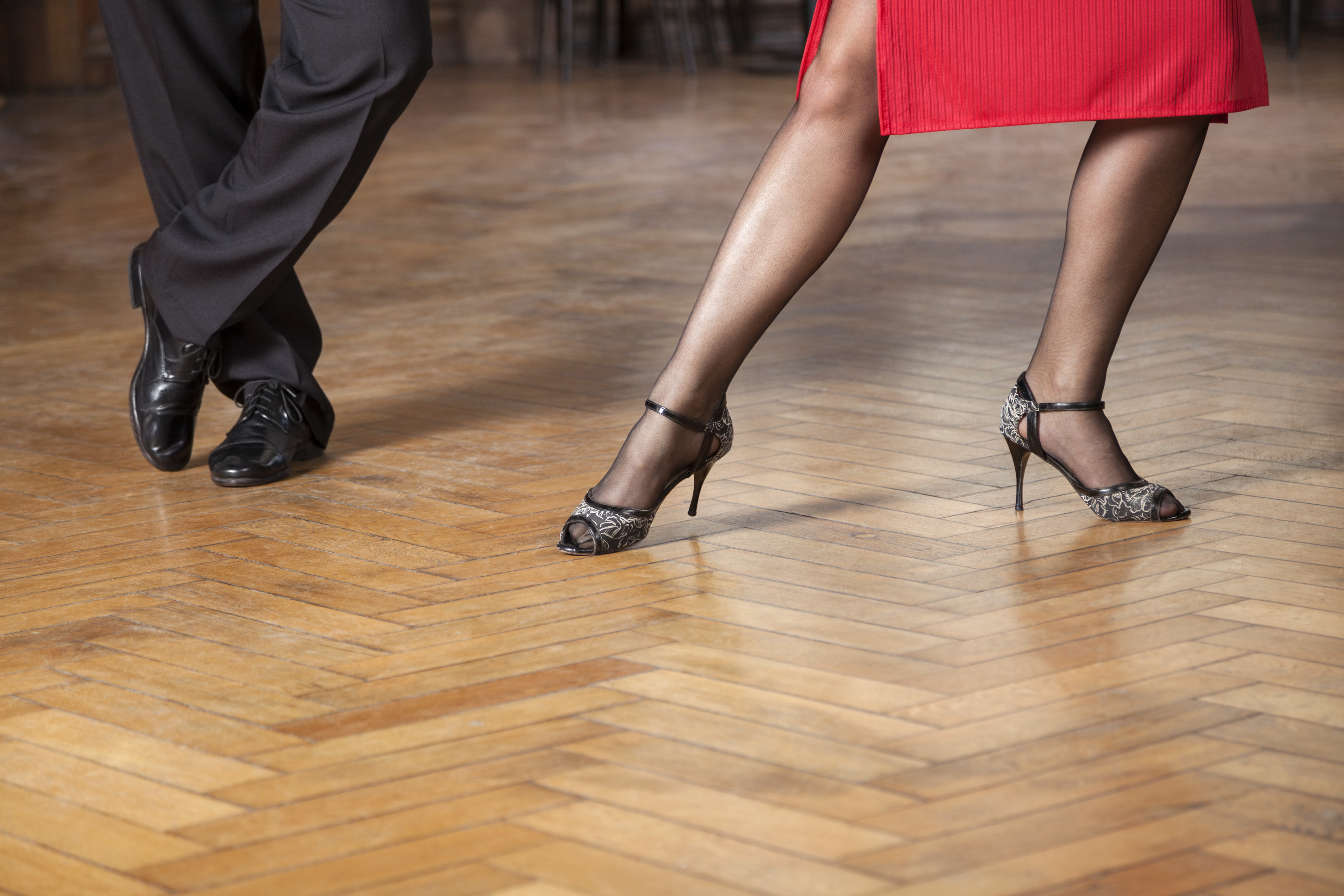When it comes to physical therapy there are many techniques available, some of which are very unconventional. Take dancing and music therapies for example. There are many people who say they “dance until they feel better,” and it turns out there’s some truth behind it. Check out these four different types of art therapy listed below. More therapists are using these techniques to treat patients across the nation, so it’s important to familiarize yourself with them!
Four Types of Art Therapy
1. Unconventional – Role Playing Games (RPG)
RPG or “role playing games” therapy is a tactic in which the patient plays games such as Dungeons and Dragons and take on a different persona. This can help patients deal with social anxiety, confidence issues, social skills, or any other problems that they may be dealing with.
One registered recreational therapist purchased a wheelchair-friendly trailer so that he could bring his practice to his patient’s doorsteps. Hawke Robinson constructed his trailer so that it contains more than 50 musical instruments and games, such as Dungeons and Dragons, for his RPG therapy sessions. His goal is to use these instruments and games to role play with his patients and help people with disabilities such as attention deficit disorder (ADD) and cerebral palsy. He came up with this idea after years of research on how to help people recover from traumatic brain injuries.
This is a form of art therapy that could definitely catch on in the years to come!
2. Tango Therapy

The idea of dance as a form of therapy isn’t exactly a new one. However, the one targeting neuropathic patients is.
Tango therapy deals with “Argentine tango” which is different from the normal perception of tango that everyone has. This form of tango focuses on the music and the embrace, and it originated in the slums and immigrant barrios of Buenos Aires. The embrace of Argentine Tango is more like a hug and there are no predetermined steps or patterns. For a lot of people, it allows them to have a chance to be free and to improvise, all while having the comfort of another person. This form of art therapy can help patients with attention deficits, cognitive skills, and also confidence.
In fact, an article in the Columbus Dispatch reported a story about how dance as a form of therapy for neuropathy is taking off. The article tells the tale of how Mimi Lamantia, who has a concentration in dance and pre-medicine, received a grant to study the effects of Argentine tango as a form of therapy among cancer survivors. This group is the focus of the study because neuropathy is developed by about 40 percent of chemotherapy patients. Patients are prompted to stand on a sensor with software that is able to detect their medial-lateral sway or their balance’s effectiveness. Researchers use these recordings to determine if the therapy is helping.
So far, the study indicates that the tango sessions have been improving the patient’s’ sway. Tim Hickey, a cancer survivor using tango therapy, can attest that he’s seen an improvement. He has even gained more feeling in his feet, the Dispatch reported.
3. Shakespearean Therapy
As scientists struggle to find what causes autism and how to cure it, patients and their families are stuck searching for ways to cope with this disorder. In fact, an estimated 88 percent of people try fringe therapies to alleviate the symptoms of autism. Shakespearean therapy may be one to consider. Shakespearean therapy, otherwise known as the Hunter Heartbeat method, is essentially a drama-based intervention program that uses the rhythm and repetition of lines from Shakespearean plays. A British actress, Kelly Hunter, developed the program.
The program allows autistic individuals to recite and act out these lines. This activity has actually helped many of them improve their language, social interaction, and even recognition of facial expressions.
4. Doll Therapy
Doll therapy is a form of art therapy in which the patient is given a teddy bear or baby doll in order to decrease stress, anxiety, or agitation. It is mainly used for patients with Alzheimer’s or dementia.
Seniors who are diagnosed with dementia or Alzheimer’s disease often feel alone. Many of them suffer from depression as a result of this isolation. But those, who are natural caregivers find comfort and purpose with holding a doll. Senior care facilities are noticing the positive effects that doll therapy has on dementia and Alzheimer’s patients.
Residents who can get aggressive or agitated suddenly feel calm when given a doll. This simple concept is so effective that a lot of senior facilities across the country are adopting this method. One facility even installed a nursery for dolls, filled with books and diapers.
These are just four of the interesting forms of art therapy that are out there. There are so many more and combinations of them as well. But, all of them help the patient to deal with their problems, illnesses, or disorders.
Have you heard of or tried any of these unconventional methods before? Do you know any others? Share with us in the comments below!
